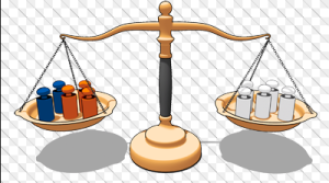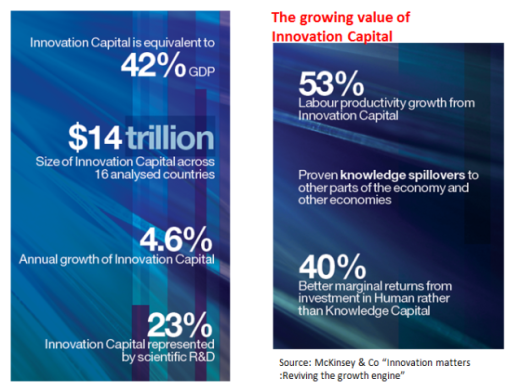Organizations have been focused for far too long around the importance of financial capital. It determines and drives organizations destinies. We are caught in a constant focus upon our achieving a return on our (financial) capital as our measuring criteria. Organizations strive for improving their ROCE, RONA, IRR, EVA and a host of other financial measures.
As Clayton Christensen has been arguing the agenda of organizations begins and ends with the “search for numbers”. I think there is a time for changing this, we need to search for the knowledge that makes-up eventually the numbers.
There has been a distant voice for some time putting forward the need to appreciate and value the other capitals sitting within organizations. Much of the discussions have been housed under the term “intellectual capital” which denotes the sum of knowledge made up and contributed by our human assets, our organizational structures and our relationships that are developed.
These are the ‘capitals’ that transform into economic value through organization action. It is the financial capital that simply finances this.
Continue reading “Struggling with counting ALL the sums of our capital”







